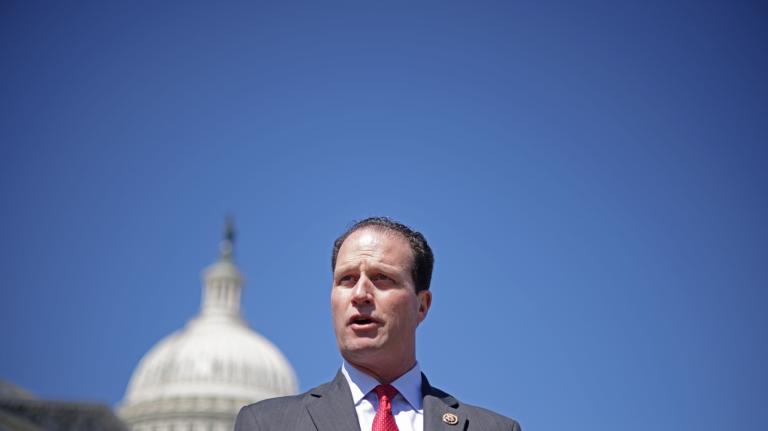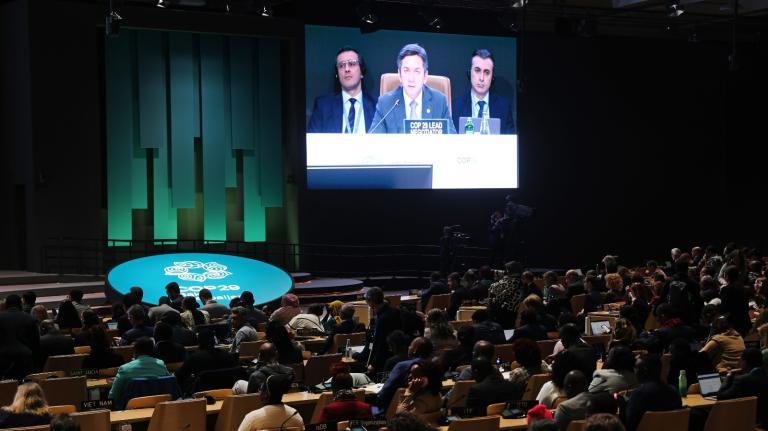‘Tis the season for climate plan meta-analysis. I get asked a lot about the presidential candidates‘ environmental bona fides, which has led me to put together the following long, dense, and absolutely riveting primer on what to look for in a good climate change plan. These principles apply to cap-and-trade style programs, because that’s what all the presidential candidates are proposing.
1. Go deep
The “cap” part of cap-and-trade refers to the emissions level mandated by the legislation. Good legislation considers both the short term and the long term.
The available science indicates we need an 80 percent reduction in greenhouse-gas emissions by 2050. For a variety of reasons (CO2 is a long-lived pollutant; the initial cuts will be easiest, etc.) we should start cutting quickly. Twenty percent by 2020 is a reasonable interim target.
Use these figures as a benchmark, but don’t obsess over them. A climate change plan that calls for an 87 percent cut is not necessarily better than one calling for an 84 percent cut. Our understanding of climate change will progress over the next several decades, and we’ll adjust accordingly. The important thing for now is that the planned cuts are sufficiently deep and predictable to stimulate a cascade of infrastructure improvements.
2. Go broad
The question arises: cut 80 percent of what? Naively, we might assume that a cap applies to all greenhouse-gas emissions, but often this isn’t the case. Some plans only cover electricity generation; some ignore aviation; etc.
Good climate change legislation will cover the entire economy, including transportation. There are at least two reasons for this. The first is the elementary fact that the climate system doesn’t care about the source of the emissions. The second is the economic problem of emissions “leakage.” If only certain portions of the economy are capped, polluting activities may just migrate to the unregulated sectors.
3. Go to the source
How to put a carbon cap into practice? The necessary accounting, monitoring, and tracking systems are complex under any circumstance, but as a general rule, we should cap as far upstream as possible, meaning close to the point where fossil fuels enter our economy.
To take an example, there are over 150,000 gas stations in the United States, but only about 150 oil refineries. Rather than trying to assess fuel usage at the pump, it’s far easier to track it at the point of distribution. Not only is an upstream cap easier to implement, it also is harder to cheat.
Note that, at least theoretically, the effects of a carbon cap are independent of where the cap is implemented. Gas prices will rise regardless of whether fuel is tracked at the pump or at the refinery. In practice, though, this issue gets rather complex.
4. Make polluters pay
A cap raises the question of who gets to pollute. Presently, we can all pollute freely. After a cap is in place, companies will have to vie for limited pollution allowances. How do these allowances get distributed in the first place?
The worst way to distribute them is simply to give them away. Painful experience has shown that free distribution of allowances creates windfall profits for polluting companies, who then pass the bill for higher energy prices on to consumers.
The best way to distribute the allowances is to sell them via auction. Not only is such a process economically efficient — people can bid whatever they feel the allowances are worth, and those who value them most will get them — but it also raises revenue for the government that can be put to good use.
5. Spend wisely
Good climate change legislation will raise many billions of dollars in revenue through the auction of pollution allowances. What to do with that money? There’s not a single right answer to this question, but there are several worthwhile goals to which the money could be applied.
- Invest in complementary policies such as renewable energy and efficiency
- Address fairness issues that arise from higher energy prices
- Build political support for climate change policy
Fortunately, many measures further several of these goals simultaneously. For example, polls show that public opposition to gasoline taxes drops considerably if the revenue is pledged to renewable energy development.
Unsurprisingly, opinions on how to put the money to use vary dramatically. Some propose that the revenue should simply be divided up and returned to citizens directly, which would bolster popular support for the program, soften the regressive nature of higher energy prices, and keep the money away from politicians. Others put forward a range of worthwhile infrastructure projects that could benefit from public investment. In reality, there are several good uses to which the money can be put. To judge a climate change plan, ask how well the money serves the above goals.
6. Be (a little) flexible.
Cap-and-trade programs can include a variety of exotic technical features meant to soften some of the potentially harmful economic impacts of carbon pricing. These features sometimes get a bad rap as mechanisms for holding down cost of carbon (and therefore undermining the cap). At least in theory, though, the issue isn’t cost but volatility. Building some flexibility into a cap-and-trade system can lower short-term volatility without compromising long-term caps. Various flexibility mechanisms — banking and borrowing, circuit breakers, offsets — can be usefully incorporated in a limited way. Other flexibility mechanisms — particularly safety valves — are theoretically useful but in practice subject to abuse.
There is one flexibility mechanism that shouldn’t be controversial: a “look back” provision that requires the government to evaluate the cap and make adjustments if in the future we discover that global warming is worse than we thought, or that our present efforts aren’t up to the task of mitigating it.
7. Pay attention to politics
Indulging in some harmless policy wonkery may make you popular at parties, but it also potentially obscures the fact that having a good plan on paper isn’t enough. The devil is in the details, and many of those details will be left up to the regulatory agency charged with implementing the cap. So tawdry politics matters. Who’s running the government? What priority does climate change hold in the legislature, the judiciary, and the executive? Who will be most effective at forging the coalitions necessary to shepherd through a compromise bill? What compromises will have to be made?

